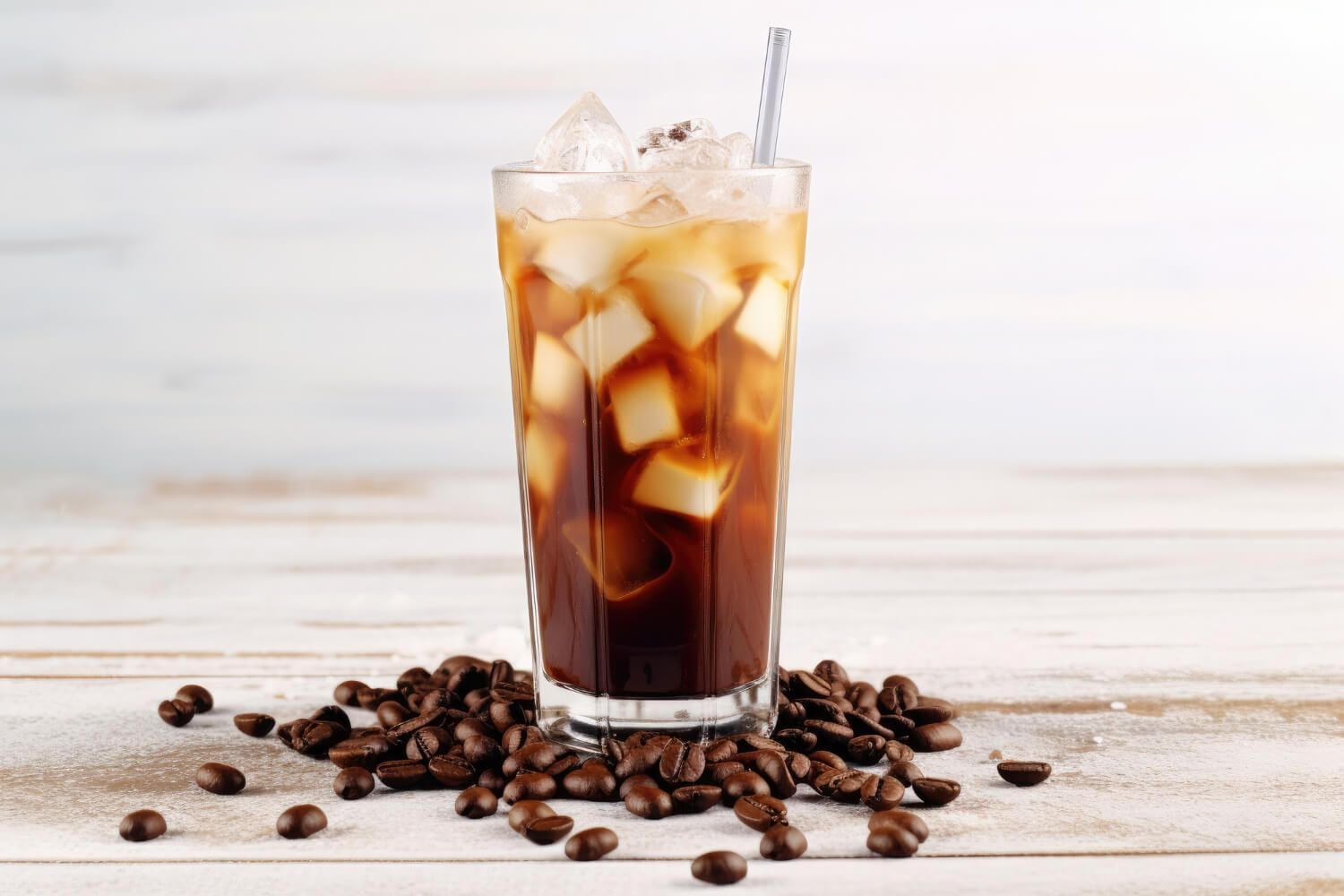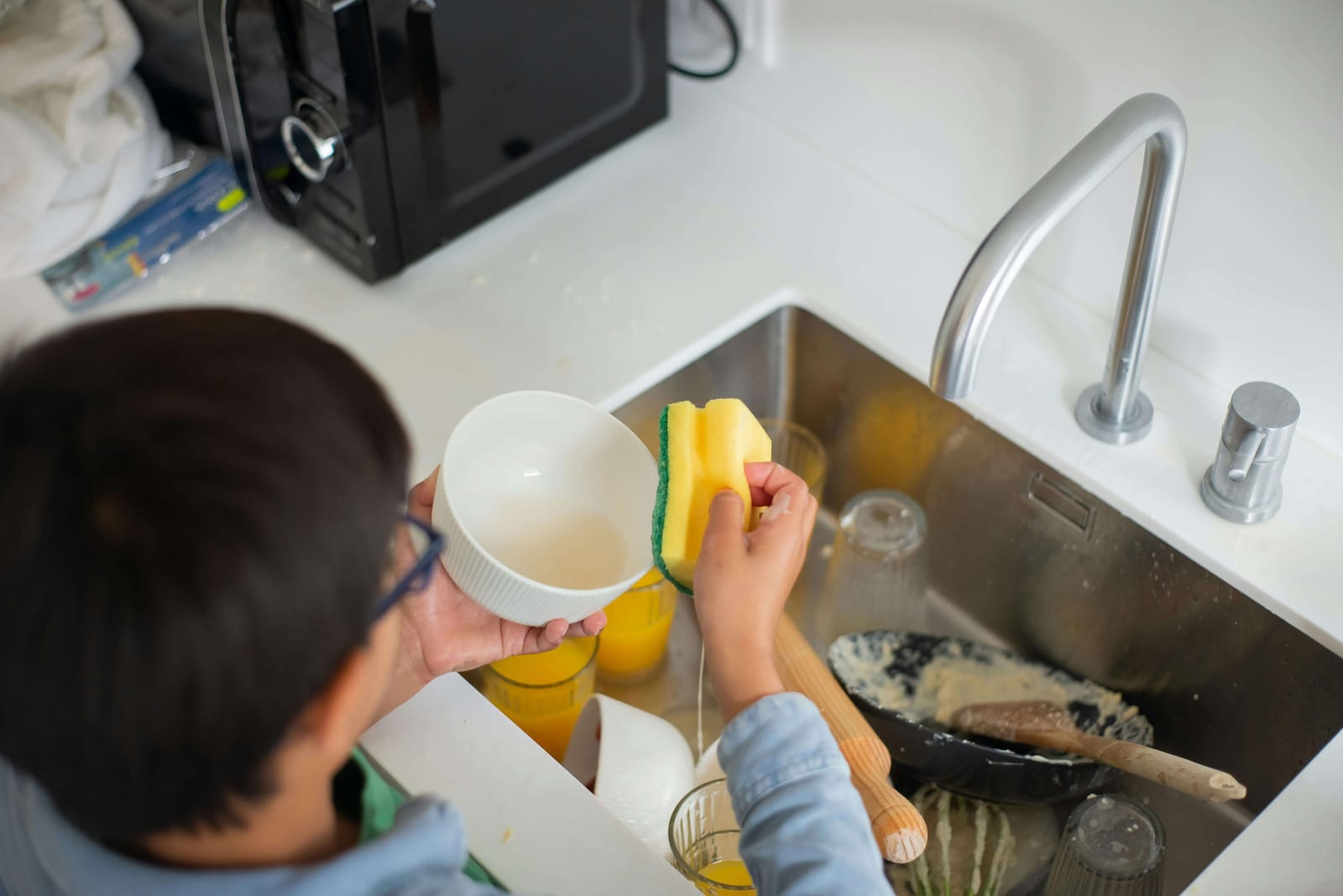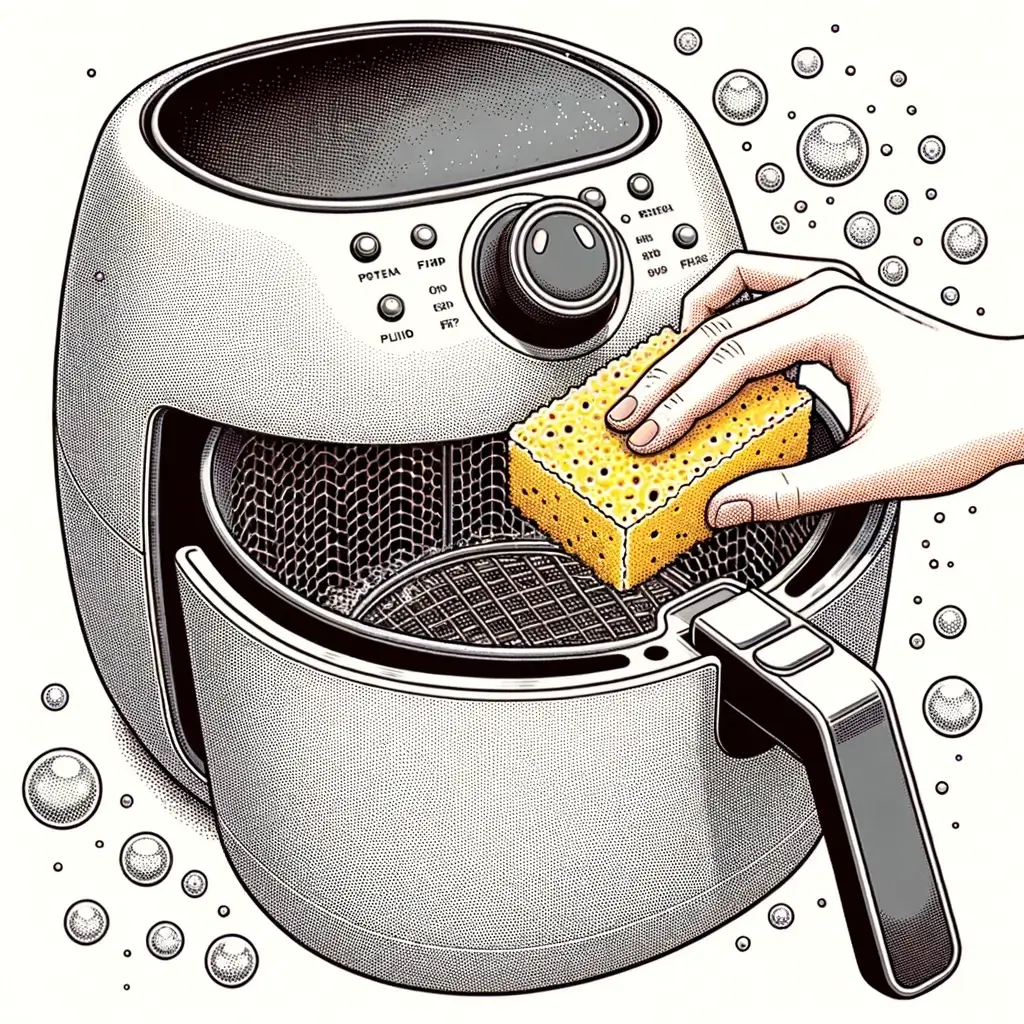Cold brew coffee has taken the world by storm, offering a unique flavor profile that stands out from its hot-brewed counterpart.
But what's the science behind this brewing method? Let's delve into the chemistry of cold brew coffee grounds and uncover the secrets of extraction and flavors.
In This Article:
- The Basics of Coffee Chemistry
- Cold Brew vs. Hot Brew
- Grind Size and Extraction
- The Role of Coffee Bean Roast
- Caffeine Content
- Frequently Asked Questions
- Conclusion
- Further Reading
The Basics of Coffee Chemistry
Coffee is much more than just a morning pick-me-up; it's a symphony of chemistry. At its core, coffee is a complex beverage with over a thousand compounds that contribute to its taste, aroma, and mouthfeel.
When water, which acts as a solvent, interacts with coffee grounds, it begins the extraction process. This extraction pulls out various compounds from the coffee grounds, including oils, acids, sugars, and caffeine. Each of these compounds has a different solubility rate, meaning some extract quickly while others take more time.
Factors like grind size, water temperature, and brewing time play pivotal roles in determining which compounds get extracted and to what extent, ultimately shaping the flavor profile of the coffee.
Cold Brew vs. Hot Brew
The battle between cold brew and hot brew isn't just about temperature; it's about the science of extraction. Traditional coffee brewing methods, like drip or pour-over, use water temperatures between 195 °F and 205 °F. This high temperature speeds up the extraction process, quickly pulling out a wide range of compounds, leading to a vibrant and aromatic cup of coffee.
On the other hand, cold brew takes a more patient approach. It utilizes water temperatures between 41 °F and 86 °F. This cooler temperature slows down the extraction process significantly. As a result, cold brew often requires a brewing time of 12 to 24 hours. But this patience pays off. The slower extraction results in smoother, less acidic, and less bitter coffee. The compounds that contribute to bitterness and high acidity in hot brews are less soluble in cold water, leading to a mellower flavor profile in cold brews.
Grind Size and Extraction
The size of the coffee grind is a crucial factor in the extraction process. Coarser grinds are typically preferred for cold brew to prevent over-extraction and avoid a muddy texture. These coarser grinds allow for a slower extraction, which is ideal for the prolonged brewing time of cold brew.
On the other hand, finer grinds, which are more suitable for methods like espresso, increase the surface area for water interaction. This leads to a faster extraction, which can result in a bitter taste if brewed for too long in a cold brew setup.
This delicate balance of grind size and extraction time defines the flavor profile of your cold brew.
The Role of Coffee Bean Roast
The roast level of coffee beans doesn't just determine the color of your beans; it significantly influences the flavor profile of the brew.
Light roasts tend to produce a more acidic and fruity flavor, capturing the essence of the coffee bean's origin.
Dark roasts, on the other hand, undergo a longer roasting process, leading to a bolder, more robust taste with hints of chocolate and caramel.
For cold brew, medium to dark roasts are often preferred. They provide that signature smooth and rich flavor, which is a hallmark of a well-made cold brew.
Caffeine Content
There's a common misconception floating around that cold brew is a caffeine powerhouse compared to hot brew. In reality, the caffeine content is more about the coffee-to-water ratio and less about the brewing method.
Cold brew often uses more coffee grounds, leading to a concentrated brew. So, you get a caffeine kick when you drink it in its concentrated form.
However, many enjoy cold brew diluted with water or milk, which balances out the caffeine content.
Frequently Asked Questions
How does cold brew extraction work?
Cold brew extraction relies on time rather than heat. The cold water slowly extracts flavors, aromas, and caffeine from the coffee grounds over an extended period.
How do you separate coffee grounds from cold brew?
After brewing, the mixture is filtered to remove the coffee grounds, resulting in a clear cold brew concentrate.
What is the science behind cold brew coffee?
The science revolves around the solubility of coffee compounds in cold water and the extended extraction time, leading to a unique flavor profile.
What compounds are extracted from coffee?
Compounds like oils, acids, and caffeine are extracted from coffee during the brewing process, influencing the brew's taste, aroma, and strength.
Conclusion
In the realm of coffee, understanding the chemistry behind cold brew extraction offers a deeper appreciation for the beverage. The nuances of grind size, roast level, and brewing time play pivotal roles in shaping the unique flavor profile of cold brew.
As coffee enthusiasts, recognizing these factors not only enhances our brewing skills but also elevates our coffee experience. Whether you're a casual drinker or a coffee aficionado, there's always something new to learn and savor in the world of coffee.
Further Reading
- Sustainability of Coffee Grounds: Beyond Brewing: Unearth the eco-friendly potential of used coffee grounds. From enriching gardens to crafting sustainable products, learn how coffee grounds are making a green impact.
- If you're on the hunt for the best coffee grounds specifically tailored for cold brew, don't miss out on our comprehensive guide on selecting the best one.
- Don't miss out on the article "7 Fun Facts About Using Coffee Grounds in the Garden" by Crate and Basket for some enlightening gardening tips!



